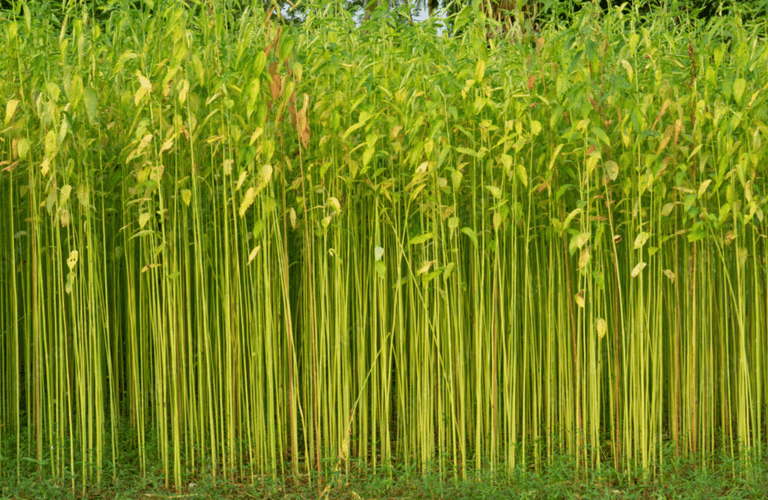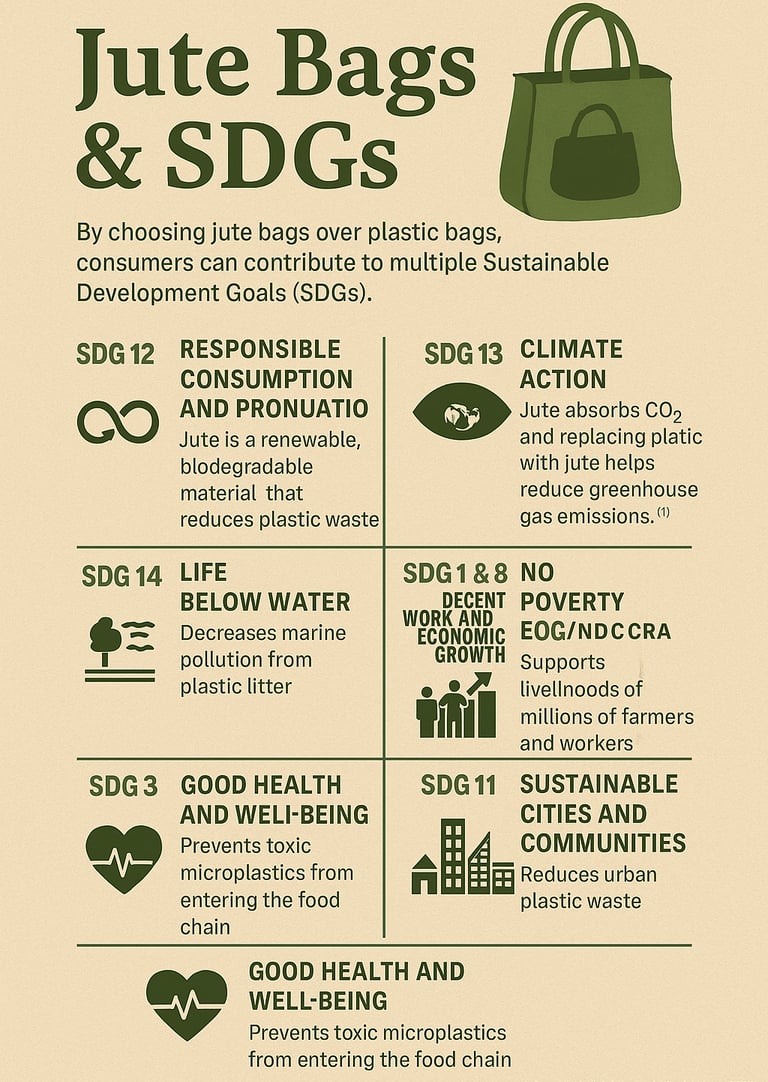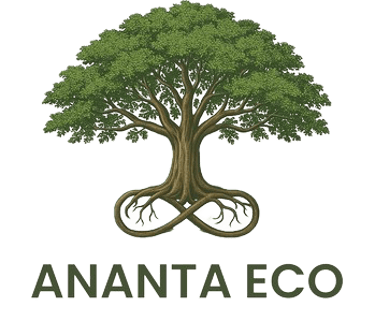Jute: The Golden Fibre
Jute: The Golden Fibre
Jute is a long, soft, and naturally shiny vegetable fiber that can be spun into exceptionally strong threads.




Jute Growing Season
Sowing: March to May, just before the monsoon season.
Growing Conditions: Requires warm temperatures (25–35°C) and consistent rainfall of 75–100 mm per week.
Harvesting: June to September, approximately 120–150 days after sowing, when plants reach a height of 8–12 feet.
Retting & Processing: Post-harvest, the stalks are immersed in water for 10–15 days for retting — a process that loosens and softens the fibers, making them ready for extraction.


Why Jute is Better than Plastic?
Jute plants absorb 15 times more CO2 and release more oxygen compared to plastic production, which emits greenhouse gases. A single jute bag can replace 500+ plastic bags due to its durability and reusability. While plastic requires hundreds of years to decompose, Jute decomposes within a few months.
Choosing Jute means you lower your carbon footprint, your contribution to microplastic pollution becomes zero, and a own a piece of stylish and eco-friendly alternative!
Three Fun Facts for you to show off your Jute knowledge:
Jute is a zero waste crop: Every part of the plant is useful: stalks are used for firewood or particleboard, and leaves are edible in some cultures.
It improves soil health: Jute cultivation enhances soil fertility and is often rotated with rice crops to reduce pesticide usage and improve yield
Jute is naturally antistatic: Unlike plastic, jute does not accumulate static electricity, making it safe for food and electronics packaging.
Known as the “Golden Fibre,” jute is extracted from the bark of the white jute plant and is primarily cultivated in India and Bangladesh. It is 100% biodegradable, fully recyclable, and has a significantly lower environmental impact compared to synthetic materials, making it one of the most sustainable fibers in the world.
Address
Haware Tiara, Sector-13, Kharghar, Navi Mumbai, 410210
